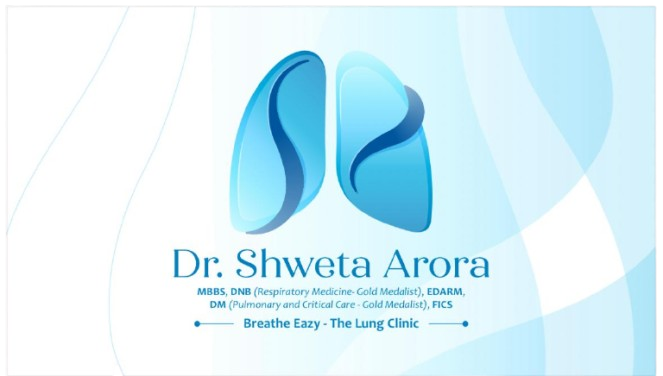Managing asthma can be challenging, but you can find relief through certain practices. One way to improve breathing is through the use of breathing techniques for asthma. These techniques can help reduce symptoms and improve your quality of life. By learning how to breathe more effectively, you can feel relief during asthma episodes.
Introduction: Embracing Breathwork for Asthma Relief
Have you ever felt like you’re not breathing as well as you should? For people with asthma, this feeling is common. Using breathing exercises for asthma can help. These exercises work alongside your usual treatments and medicine. They do not replace conventional treatments but offer additional benefits. Think of them as partners to your inhaler for better results.
When you embrace the right breathing practices, you open the door to managing symptoms better. This can lead to an improved quality of life. It’s not about curing asthma but about learning how to live well with it. You can expect better symptom management and possibly fewer asthma attacks when you regularly practice these techniques.
Understanding Asthma’s Breath and Its Constraint
Asthma is a condition that affects the airways in your lungs. These airways can get swollen and narrow, making it hard to breathe. You might feel tightness in your chest, start coughing, or experience wheezing. Triggers like dust, smoke, cold air, or exercise can make these symptoms pop up.
Knowing how to use your breath can help you avoid making things worse. It’s important to be smart about how you breathe. Breathing through your nose instead of your mouth can keep the air warm and moist, which is gentler on your lungs.
By adopting better breathing habits, you can keep your airways happy and reduce the chance of worsening your symptoms. Understanding your breath’s power can lead to deeper relaxation, less anxiety, and more control over your asthma.
Research-Driven Insights: Breathwork and Its Healing Science
Studies say that using breathing exercises for wheezing can actually improve your lung function. Using your diaphragm effectively when you breathe is crucial. This muscle plays a big part in breathing deeply and getting more oxygen in.
Research also supports breathing exercises for asthma attacks. They can make a real difference in how often and how severe your attacks are. They promote relaxation, enhance lung capacities, and increase overall oxygen intake. As you take in more oxygen with the right techniques, your body can function at its best. This means you could feel fewer symptoms and more comfort in your daily life.
Core Breathing Techniques for Asthmatics
Here’s where we discuss the breathing techniques for asthma that can help.
- Diaphragmatic Breathing: This breathing exercise for the diaphragm can bring amazing benefits. Lie on your back and place your hands on your belly. Breathe deeply through your nose, feeling your belly rise. Exhale slowly through your mouth. This method strengthens the diaphragm and can help manage symptoms better.
- Pursed Lip Breathing: This one’s easy to do. Breathe in through your nose and purse your lips like you’re blowing out a candle. Slowly breathe out through your puckered lips. It helps release trapped air from your lungs.
- Nasal Breathing: It’s naturally calming. Try to breathe through your nose as often as possible. It filters and warms the air, making it easier on your lungs.
- The Papworth Method: This involves specific breathing exercises for asthma without inhaler support. Breathe using your diaphragm and nose. It focuses on relaxing the shoulders and chest to reduce stress on the airways.
- Buteyko Breathing: This method helps by reducing breathing volume and increasing carbon dioxide retention. It can reduce breathlessness during attacks and is a valuable breathing exercise for asthma attacks.
- Yoga Breathing (Pranayama): It’s simple and holistic. Focusing on slow, controlled breaths helps in calming the mind and body. It integrates mind, breath, and body. Plus, it’s a fantastic relaxing tool.
These exercises for asthmatics can be done in just a few minutes a day. You can practice anywhere, ensuring you have a way to control your breathing whenever you need to.
Implementing Personalized Breathwork Routines
Starting a new routine can feel daunting, but with the right steps, anyone can incorporate breathwork into their life. Start by picking a couple of breathing techniques for asthma that feel manageable to you. Practicing regularly, perhaps twice daily, helps create the habit.
Create a simple routine. Begin with diaphragmatic breathing before bed and use pursed lip breathing during stressful times. Keep a log of your progress, noticing improvements in how long you can breathe comfortably or how symptoms change. Adjust the routine as you learn what works best for you.
Guidelines, Caution, and Integrative Advice
Before trying any new practice, always talk to a healthcare provider first. It’s crucial they know what you plan to do. Pay attention to what your body tells you. If you ever feel uncomfortable, stop and ask for advice. Breathwork should complement your medication, not replace it. It’s about building a balanced, well-rounded approach.
Inspiring Stories and Research’s Reassurance
Real-life experiences with breathing exercise for asthma inspire many. People have shared how these practices have made a difference in their daily routines. They’ve reported fewer hospital visits and more normal breathing patterns. Research stands beside them, reinforcing that this approach brings not just physical, but emotional balance too.
As with any helpful habit, sticking to it is key. While it can bring about improvement, it’s important to have realistic expectations from asthma breathing exercises. Instead of miracles, look for meaningful, gradual progress.
Cultivating Asthma Resilience: Wrapping Up
Committing to breathing techniques for asthma can enhance your lifestyle. These exercises help manage asthma symptoms, adding a valuable tool to your asthma management plan. Keep it simple: practice regularly, set small goals, and enjoy improved breathing without stress.
Extra Resources for Enthusiasts and Newcomers
There are many resources to guide you further, such as apps and books offering breathing exercises for asthma pdf for handy reference. Find community groups for shared experiences and advice. If you prefer hands-on learning, look for local classes or find an online instructor. They can give personalized tips and adjust techniques to suit your needs.
Remember, everyone’s asthma journey is unique. But with the right tools and persistence, better breathing is possible.


